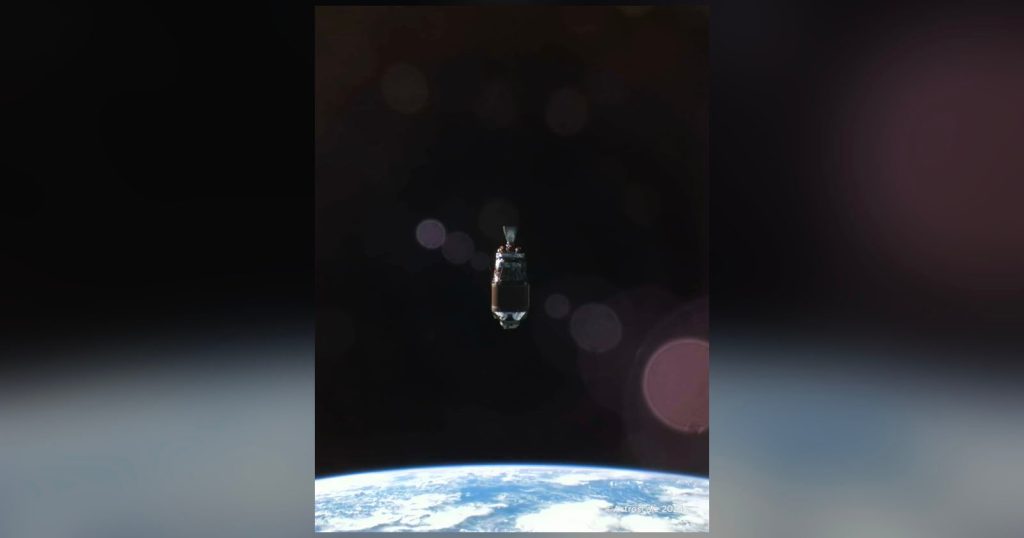Astroscale Japan, a Tokyo-based company working to solve the growing problem of space debris, recently completed a flyby of a discarded rocket upper stage as part of its mission, capturing some stunning photos of the debris.
Floating space debris A major and growing problem If this problem isn’t addressed, humanity may be stuck on Earth with no way to safely travel to the stars. In addition to about 7,700 satellites, there are about 23,000 objects in Earth orbit that are larger than about 4 inches in diameter. On a planetary scale, this may seem incredibly small, but when traveling at 15,000 miles per hour (10 times faster than a bullet), even tiny pieces of debris can cause significant damage.
This is a problem that gets worse over time as debris collides with other debris creating even more debris, magnifying the problem. Reports say The VergeAstroscale Japan is looking to be part of the solution to this problem by actively removing large debris. As part of its mission, the company will launch the Active Debris Removal (ADRAS-J) satellite in February, with the goal of collecting observational data that can later be used to remove large debris from orbit.
“ADRAS-J is a groundbreaking mission as the world’s first attempt to safely approach, characterize and investigate the condition of existing large debris through RPO. ADRAS-J is designed to rendezvous with the Japanese upper stage, demonstrate proximity operations including orbiting around the upper stage, and collect images to assess the motion and structural condition of the launch vehicle. The mission will demonstrate some of the most challenging RPO techniques required for on-orbit servicing,” the company said.
The company released the first photos of space debris. Photographed by ADRAS-J in AprilThe discarded upper stage of a Japanese H-2A rocket was shown, This week we’re even closerThe piece of space junk is 11 meters long, has a diameter of 4 meters, and weighs about 3 tons. ADRAS-J demonstrated its ability to safely approach the bus-sized piece of space junk and collect images like the one above to assess the motion and structural condition of the abandoned rocket, information that is essential for calculating how to remove it from Earth’s orbit.
“Unserviced objects in orbit increase the complexity of operations as no technology has been designed to enable docking and potential repair or removal,” Astroscale explained. “Fly-around observations involve complex autonomous maneuvers to move ADRAS-J around the upper stage client and take continuous images to gain more detailed information about its characteristics and movements.”
The photographs of the H-2A upper stage are the closest ever taken of the vehicle since it was used for a launch. GOSAT Earth Observation Satellite 2009. Though it wasn’t intended as a work of art, this photo of a chunk of garbage floating in space is no less beautiful.
The second phase of the ADRAS-J mission, which will capture and de-orbit larger floating debris, is scheduled to begin in 2026 at the earliest.
Image credits: Astroscale


